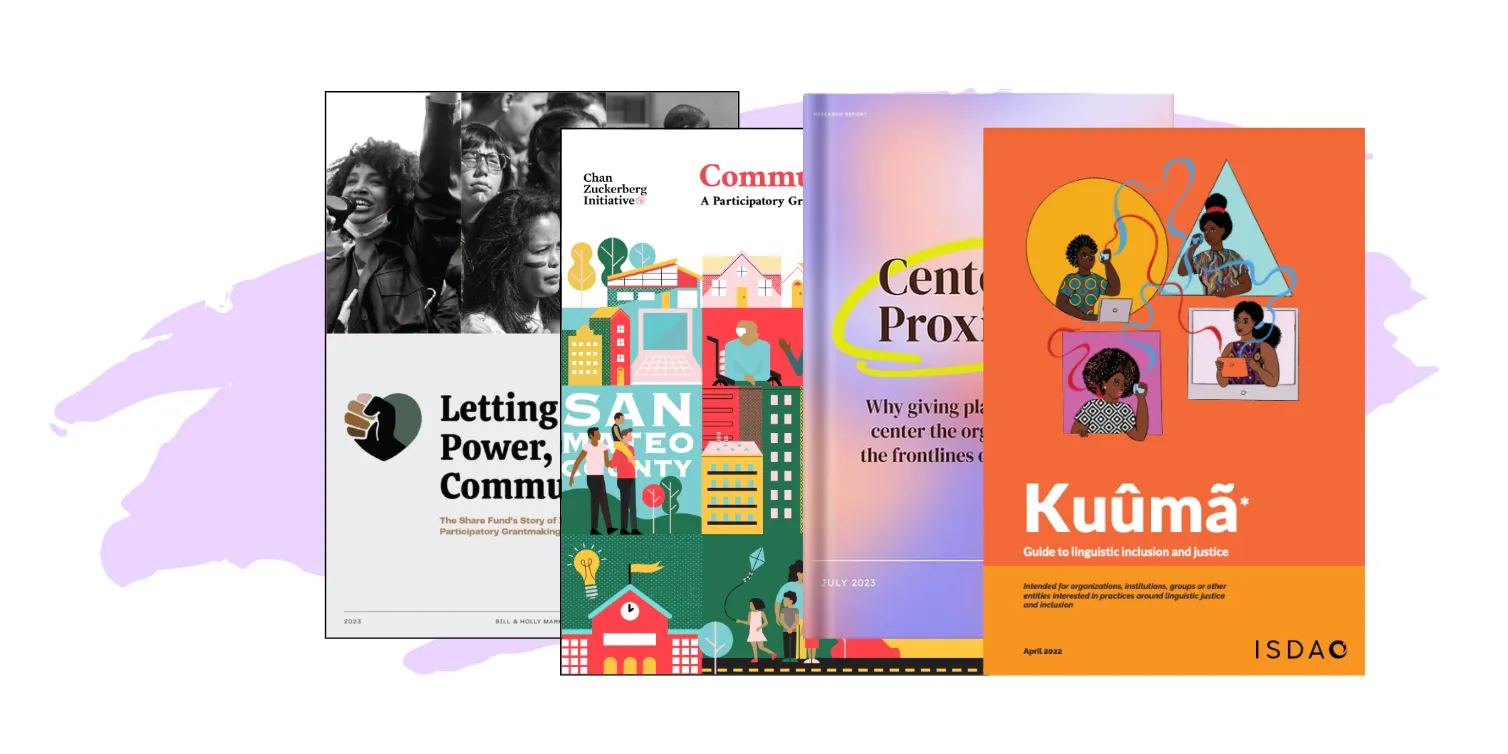What images resonate with America “of the people, by the people, for the people?”
Watching the summer Olympics in Paris, we saw models of outstanding individual achievement in athletes such as Noah Lyles and Katie Ladecki. At the same time, we're reminded in speeches, commercials and across the media that these athletes are part of a team, and are stronger as a result.
This tension between team and individual is ever-present in our culture. The reality is that the individual tends to win out – in sports, in politics, and in the world that we're most familiar with, philanthropy.
But this belies the reality that so much of our progress as a country has come from the collective. There’s the iconic march through Selma with Americans of all races holding hands, disabled Americans crawling up the steps of the Capitol, and disabled Americans changing history in the 504 sit in. Not only did these events unite a diversity of people for a common cause, they altered the course of American history and achieved justice for more Americans than ever before. These are iconic images of strength, not only of individuals, but of community.
What can our peers in philanthropy learn from these images? In our decades of work in progressive philanthropy, the idea that wealth equals wisdom underlies a system of individual heroism. The individual leaders of foundations are touted as the changemakers more often than the communities they support. Decision-making structures are mostly hierarchical rather than communal. Despite participation being a human rights principle, donor structures, goals and Boards often align around theories of change and ideas that flow from ‘their’ resources down-river.
“Philanthropy” translates to the “love of humanity” in Latin. Yet, while the communities that make up that humanity may get a seat at the table, they have little influence in who else is present and what is being served.
For example, the tumultuous changes over the last few years at the Open Society Foundations came after a leadership transition from George Soros to his son Alex. “OSF's board now consists of six members — including three Soros family members — down from more than 20 board members in 2016 and 2017.” The AP story quoted Mark Greer, a philanthropic advisor, who noted “Everyone has biases. ….And a lot of times, if communities are not intentionally involved in the process, they’re often looked over.”
After a decade and a half of working in philanthropy, we have seen how communities can provide the way forward - if only those with resources and power would listen! As we explore in Disabling Philanthropy (our book in progress), philanthropy needs to adapt to remain relevant, impactful and legitimate.
Our book will share the story: instead of philanthropy advancing conditions for people with disabilities, people with disabilities are improving philanthropy. Philanthropy will be most effective when the direction is set by diverse communities collaborating together to achieve transformative change.
Lessons from History
The disability rights movement’s mantra of “nothing about us without us” offers a concrete pathway forward for participatory philanthropy.
Seventeen years ago we shaped the Disability Rights Fund around this mantra and the right of participation of people with disabilities. The Disability Rights Fund’s decision-making reflects these values, as well as the process towards and substance of the Convention on the Rights of Persons with Disabilities. It also draws from the history of disability rights activism.
The phrase “nothing about us without us” is generally interpreted as the need for the people most affected by a decision to participate in that decision. Little-known is the slogan’s origin from the disability rights movement under Apartheid South Africa.
In his book “Nothing About Us Without Us”, William Rowland, a white South African, describes how during Apartheid, disability service organizations were forced to replicate the segregation of the government with devastating consequences. For example, the South African National Council of the Blind established separate divisions for White, Black, Coloured and Indian blind people. This led to the splintering of already meager services into four separate but unequal efforts.
Rowland coined “nothing about us without us” as an organizing slogan in the fight against this segregation and for disability rights. He and Friday Mavuso, a Black South African wheelchair user, co-led the largest South African disability organization putting the slogan into practice. The South African disability movement understood that “the struggle of disabled people had to be both a struggle against apartheid and against how people understood and responded to disability.” Disabled peoples' fight for liberation from non-disabled rule was not parallel to but part of the struggle against white-led rule.
As we’ve written before, marginalized communities demonstrate the ways their creativity in surviving and thriving informs social change. In researching participatory funding models to inform DRF’s inception, we found the HIV Collaborative Fund and Global Greengrants, which works closely with Indigenous communities, and their engagement of community members in decision-making.
Inspired by these models, DRF’s structures were created so that people with disabilities determined grantmaking strategy, made grants decisions, and much much more. Putting these ideas into practice set the stage for the current culture shift within philanthropy towards involvement of people with lived experience.
A Growing Movement
As DRF was putting people with disabilities at the core of how things were done, other funds supporting marginalized populations started to emerge. These included UHAI-EASHRI for LGBTQIA folks in East Africa, FRIDA the young feminist fund, and The Red Umbrella Fund for and by sex workers. The founding directors of these Funds tapped DRF for ideas and learning.
Later, DRF banded together with these funds as the Participatory Grantmaking Collective, fielding questions from other donors about conflicts of interest, risk and success, and who from the community would participate. The Collective led joint sessions at conferences on participatory practices, and mentored others wanting to build on our work, contributing to seminal resources in the field, such as Who Decides and the Deciding Together toolkit.
Today, more than 1,500 foundation members are part of the Participatory Grantmaking Community. What started as involvement of those impacted by funding in grants decision-making has now expanded to involvement at other levels of philanthropic structure, including governance, evaluation and learning, and operations and staffing. In social justice philanthropy, the focus has expanded to HOW work is getting done rather than only grant outcomes.
This represents a shift in power from the belief that wealth equals wisdom to the recognition that lived experience constitutes expertise and wisdom. It is no surprise that a disability rights lens is key to this change. Just as ramps intended for wheelchair users showed that everyone benefits from universal design, accessible and inclusive philanthropic practices provide benefits across diverse population groups who have been excluded from philanthropy.
If philanthropy wants to remain in love with humanity (and humanity with it!), we must expand not only who participates in donor decision-making, but also who leads at the Board and Executive levels and determines the priorities for funding – geographically and thematically.
Nothing about us without us is based on the fundamental assumption that decisions are made with 'we, the people' in mind. At this point in history, we should recognize that 'the people' includes all of us, not just a single leader.




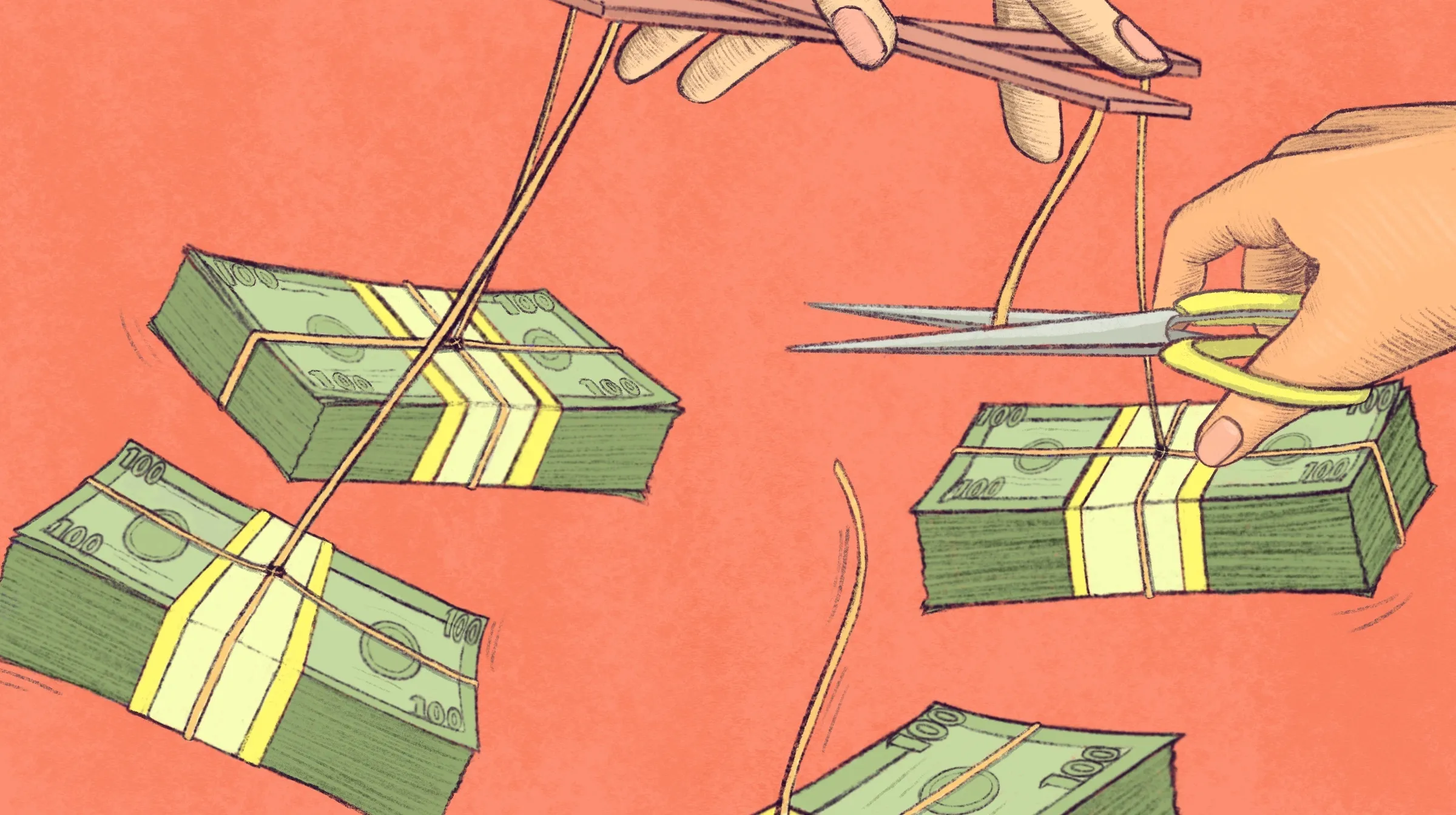


.webp)
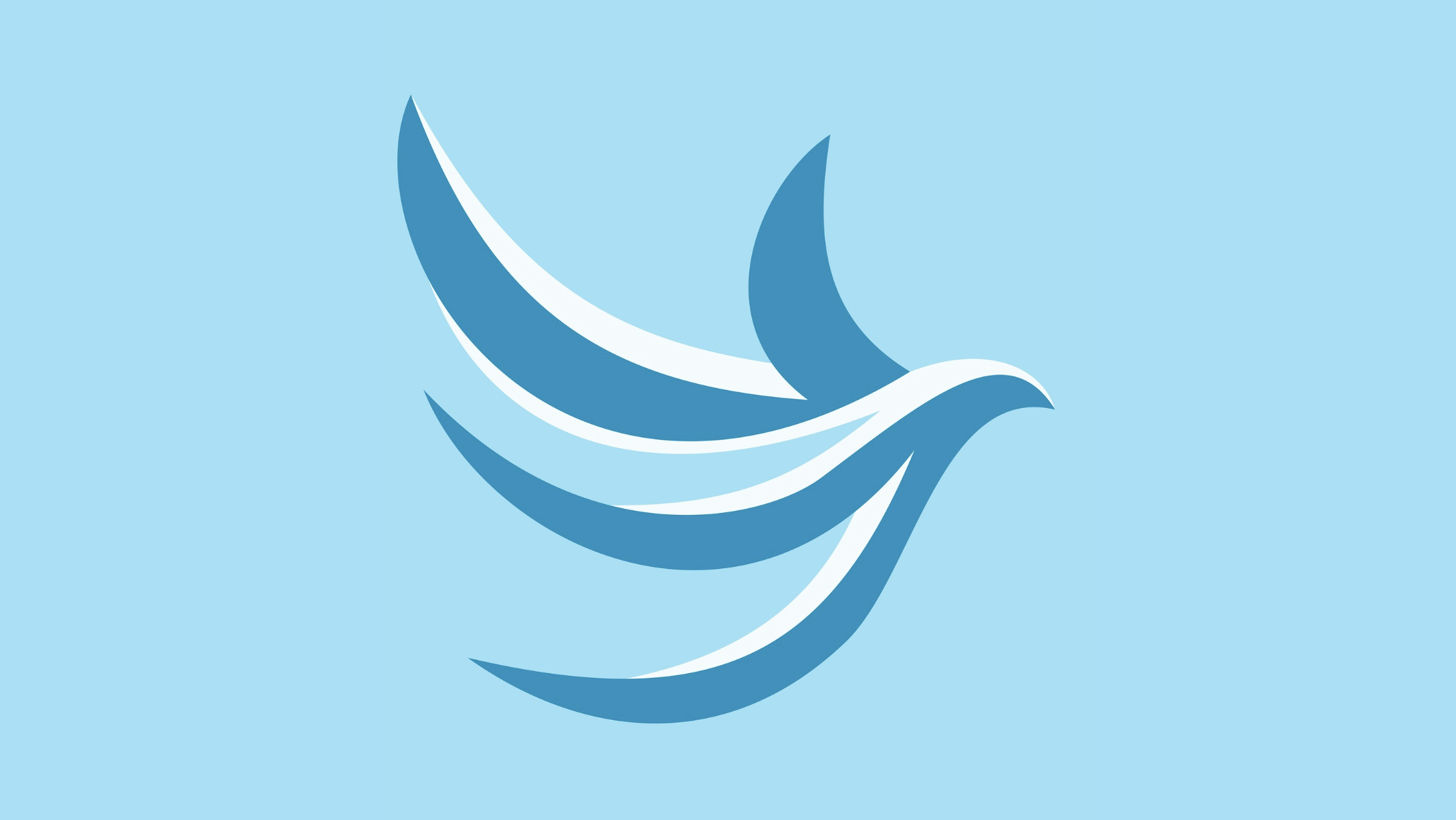

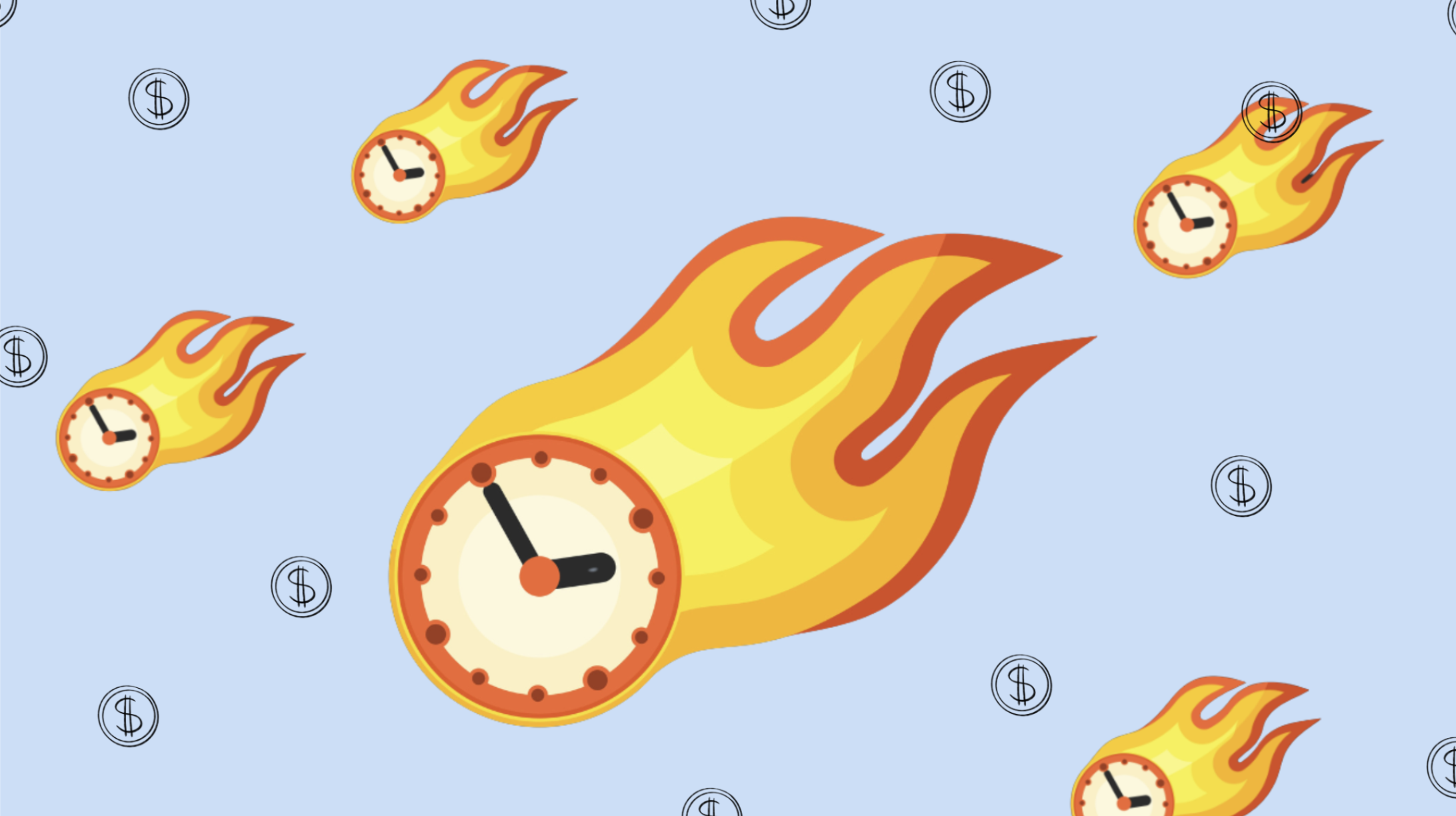
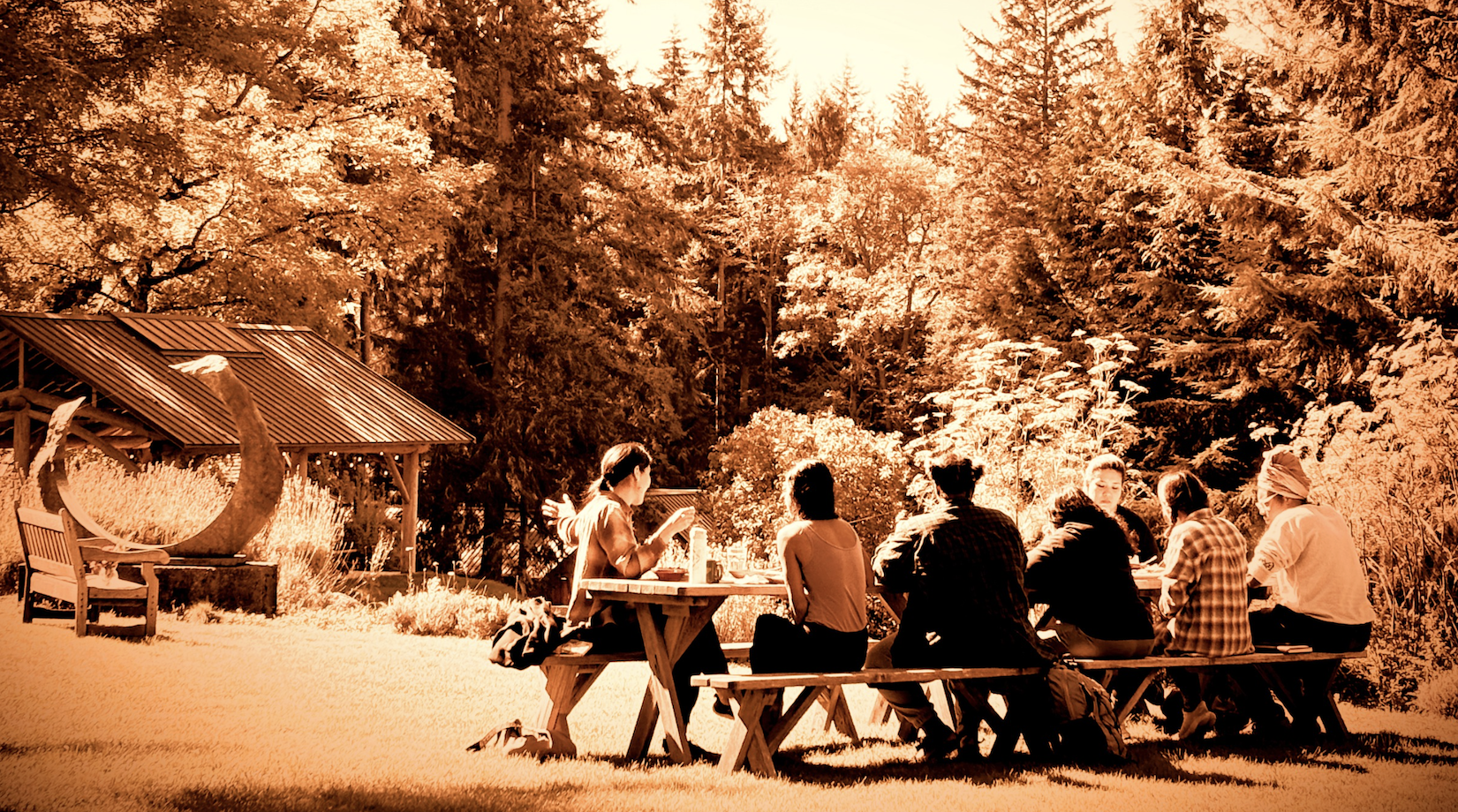


.webp)

.webp)
%20(1280%20x%20720%20px)%20(41)%202.webp)
%20(1280%20x%20720%20px)%20(38).webp)
%20(1280%20x%20720%20px)%20(31).png)


%20(1280%20x%20720%20px).webp)









.webp)





.webp)
.gif)



.gif)






